Our foundation became aware of Kayla in the fall of 2019, as she was classmates with our charity’s namesake, Holton. Out of the 7 amazing children in the class, Holton and Kayla seemed to share the most when it came to their physical impairments. And although they may appear similar, Kayla’s brain injury has yet to be understood.
Up until the age of 3, Kayla was a typically developing child who was able to verbally communicate and explore her surroundings at will. She was walking, talking, and hitting every milestone a 3-year-old is expected to—until she wasn’t.
“At 3 years old she suddenly started to go down. One day, she struggled to walk and move around,” Kayla’s father Alberto explains to us. “Over a short period of time, her body started to give out and we didn’t know what was happening. She stopped speaking and then, one night, she just cried uncontrollably all night. My wife and I were scared and confused as to what was happening, so we took her to a children’s hospital in Los Angeles and she ended up staying there for about 3 weeks.”
At the hospital, Kayla slipped into a coma. There was no evidence of trauma or any external injury to the head. Doctors did MRIs, EEG studies of her brain waves, CT scans and tested her blood for answers, but ultimately came up empty. Kayla’s doctors were stumped and, understandably, concerned.
Although Kayla would wake from her coma and be discharged, she would become a frequent visitor as neurological complications including seizures would start to arise and continue for years to come. As frustrating as it is, doctors have yet to pinpoint the cause of Kayla’s sudden brain injury or understand why it seemed to deteriorate as time went on.
While this unexplainable condition would cripple the spirit of most families, Alberto and his wife Minerva haven’t wavered and continue to heroically search for answers for their little girl while giving Kayla the best life possible.
Today, Kayla is non-verbal and diagnosed with numerous impairments including spastic-quadriplegic cerebral palsy, global developmental delay, and extremely poor gross and fine motor skills.
At school Kayla, like her buddy Holton, benefits from a supine stander that enables her to be engaged and access many school activities that would otherwise be out of reach for a child this severely impaired. Noticing the benefits of this tool, her parents requested this expensive piece of durable medical equipment from insurance only to be promptly denied, claiming it “wasn’t medically necessary.”
Which begs the questions: Is it medically necessary to be upright in life or is that just a luxury only the able-bodied are afforded? Well, our common sense tells us it’s a basic human right so Holton’s Heroes gift Kayla her own brand new Rifton supine stander for home. Of course, this is only possible thanks to our amazing supporters, like you!
“The stander is working very well for her,” Alberto told us. “We put her in the stander for about 45 minutes to 1-hour every day and she enjoys it.”
The benefits of this $2,500 device is endless but Alberto says, “for Kayla, the stander has helped make her legs stronger and allows her to move her arms and head more independently.”
Holton’s Heroes also gifted Kayla a special neck brace called a Hensinger Head Support collar, which allows her to keep her head upright during feedings and other activities.
“She’s so happy in her new stander at home. Thank you to Holton and his whole family. ”

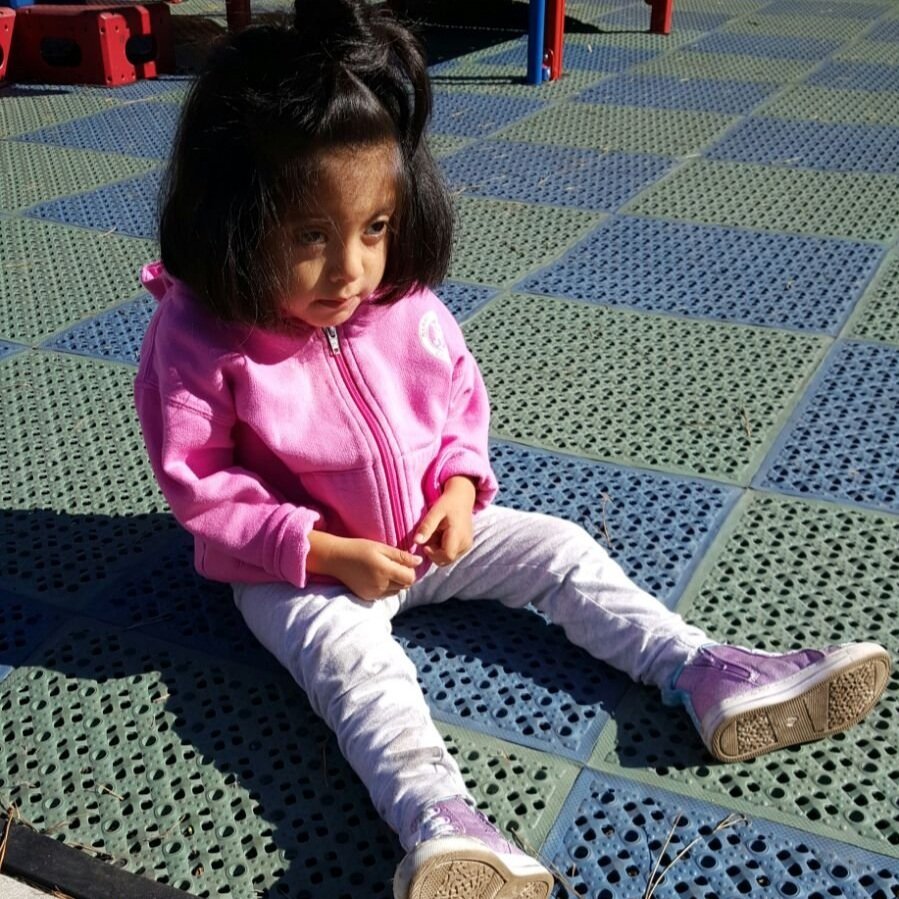
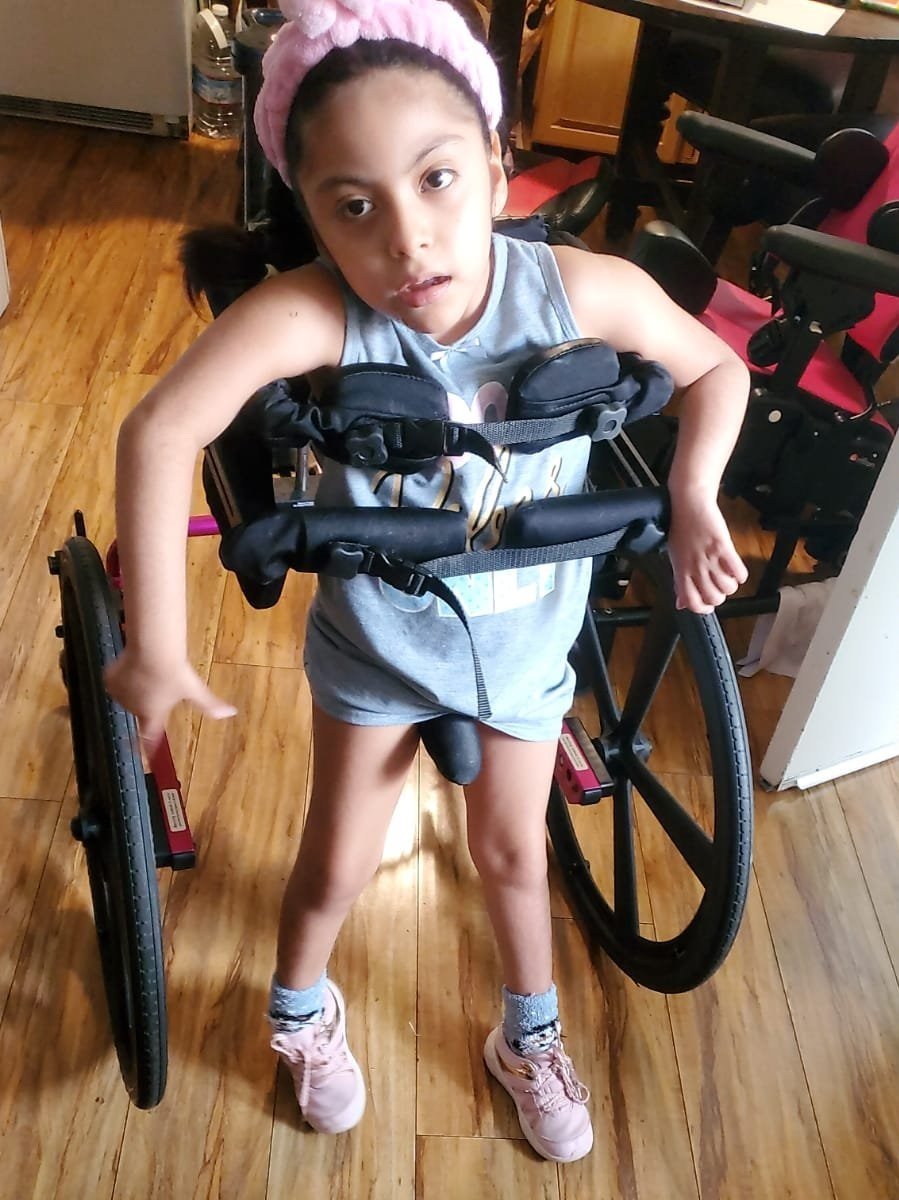

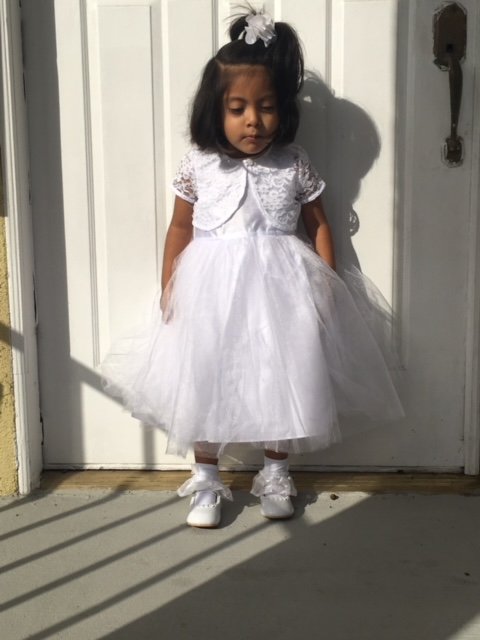
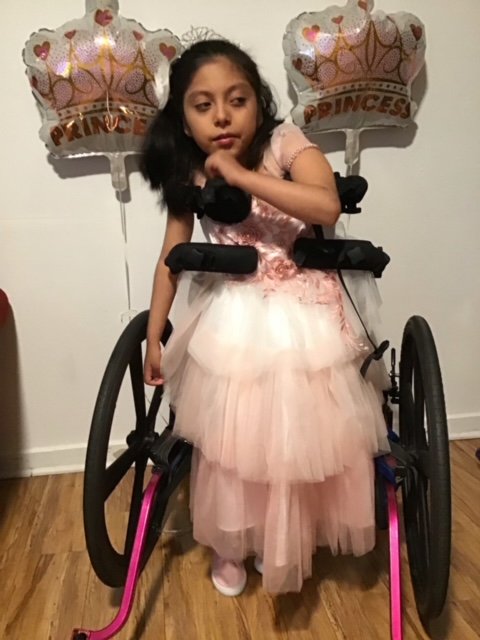

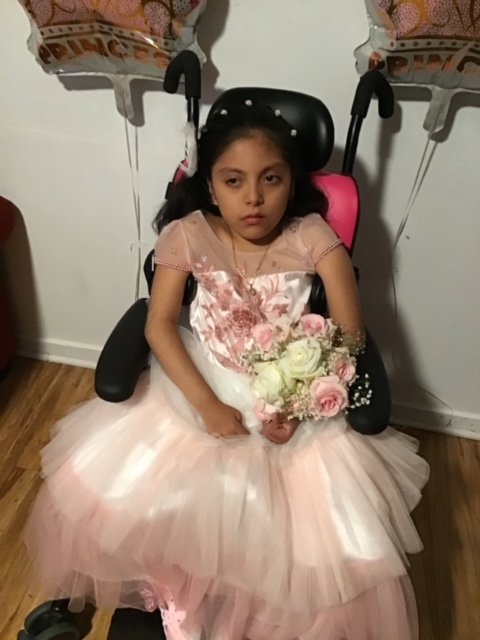
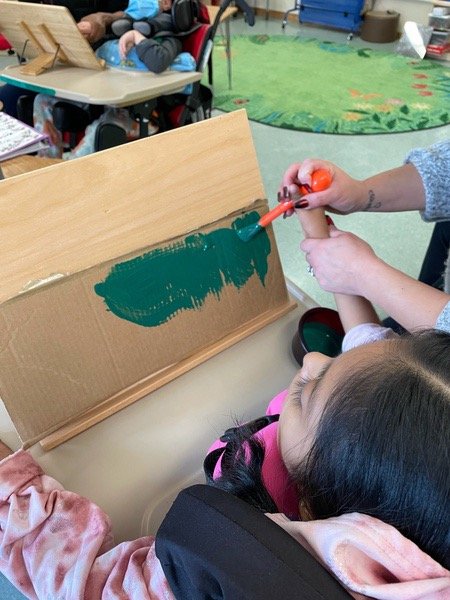
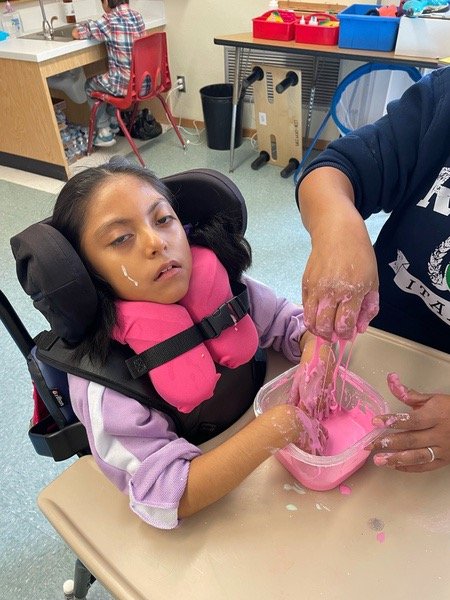
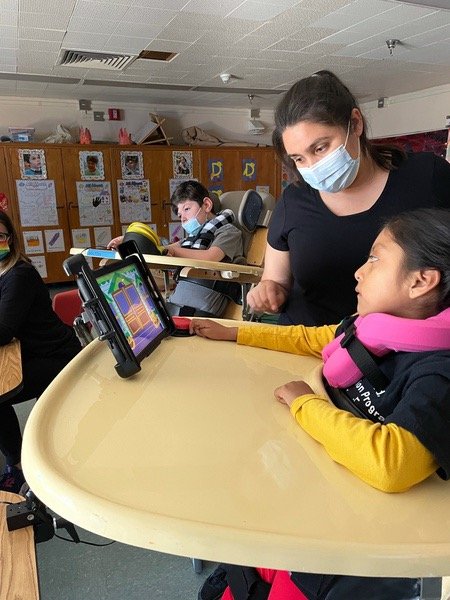
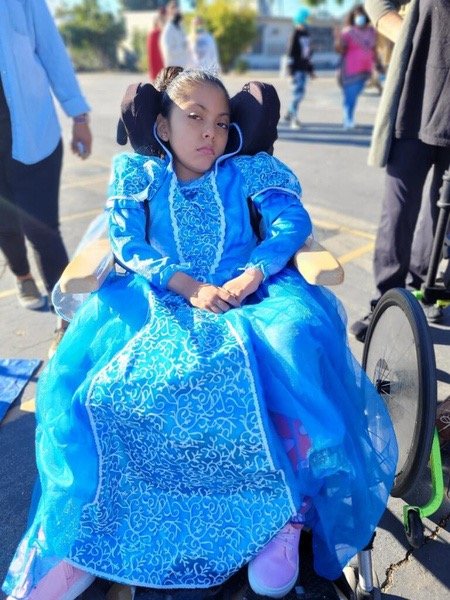
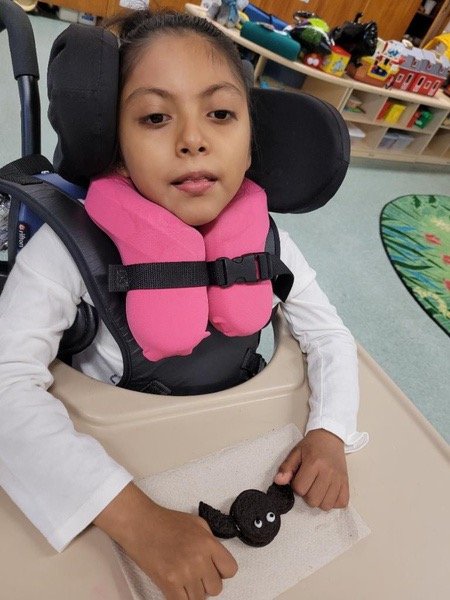

















“Tonight, we feel the power of humanity in a bath chair. Go figure. Some people feel excited about cars and other luxuries, but here I am just wanting my boy to be bathed safely,” Joshua mom wrote to us after her son received his gift from Holton’s Heroes.